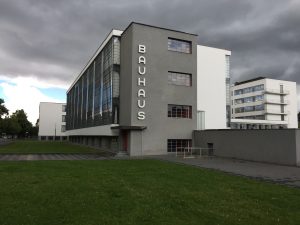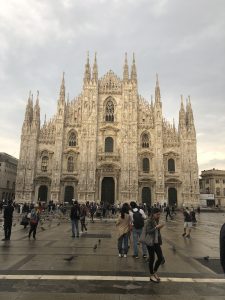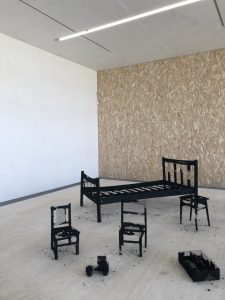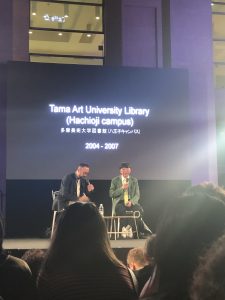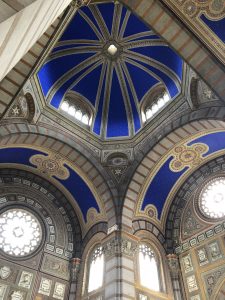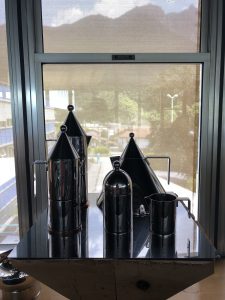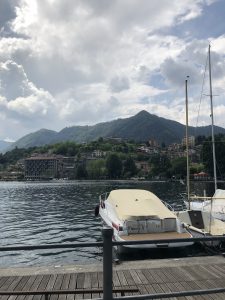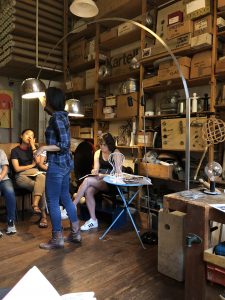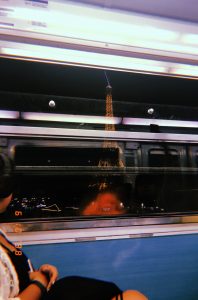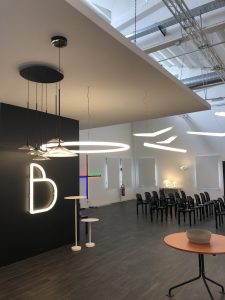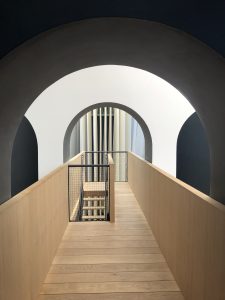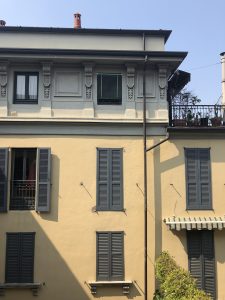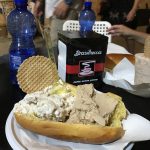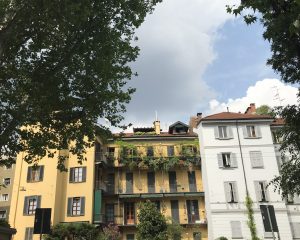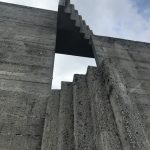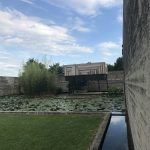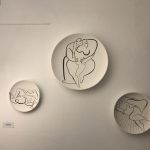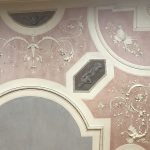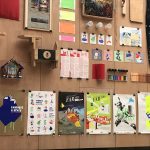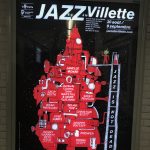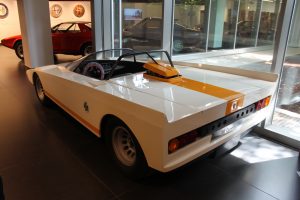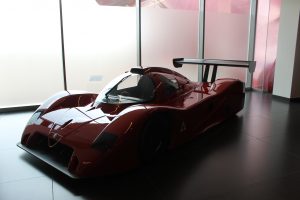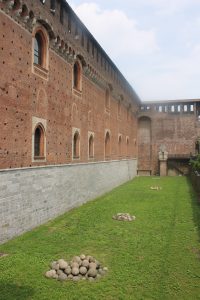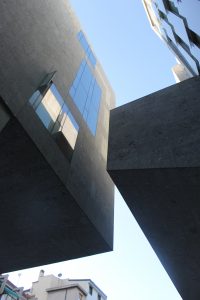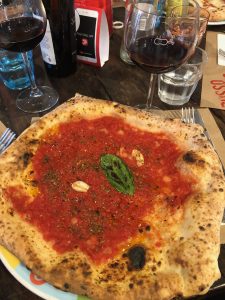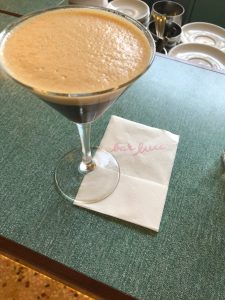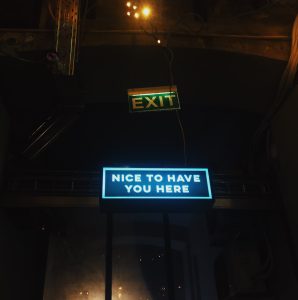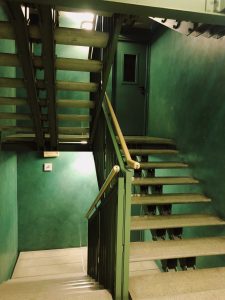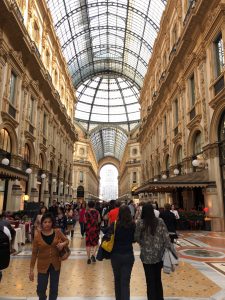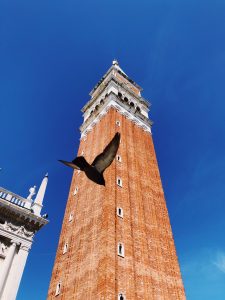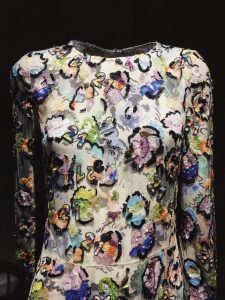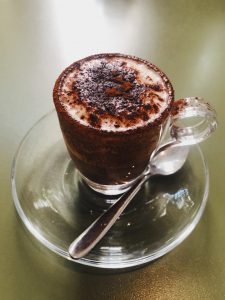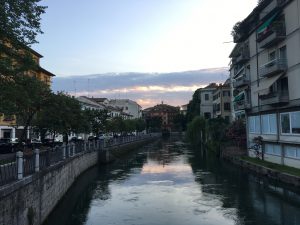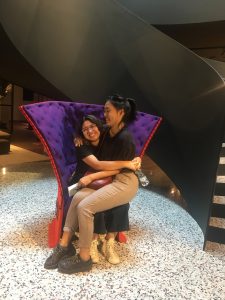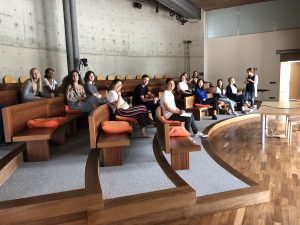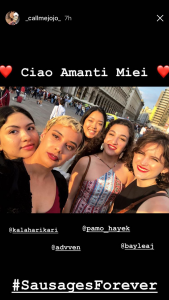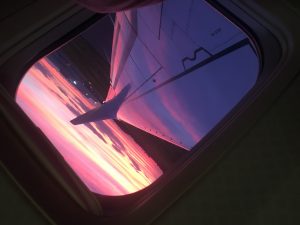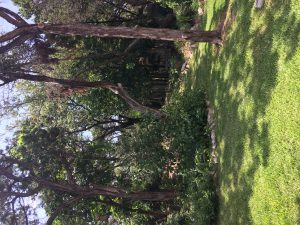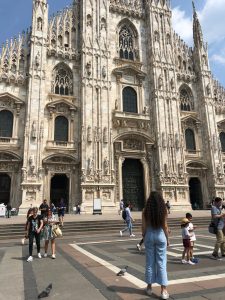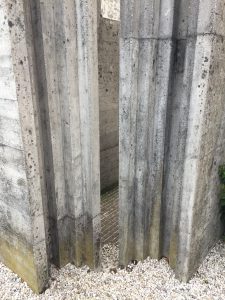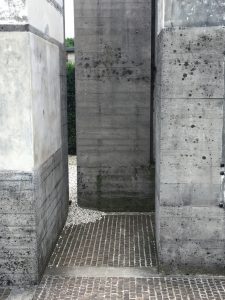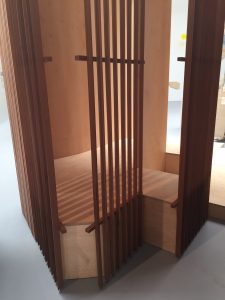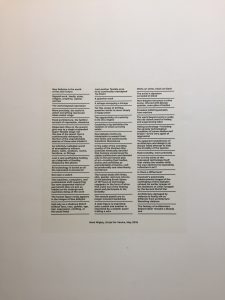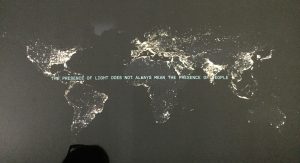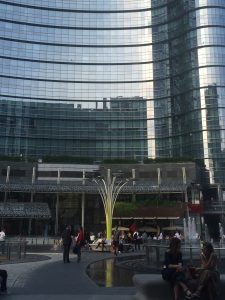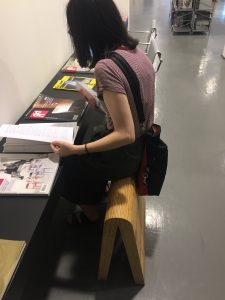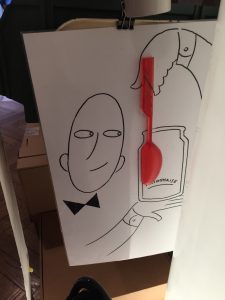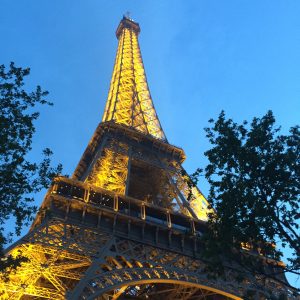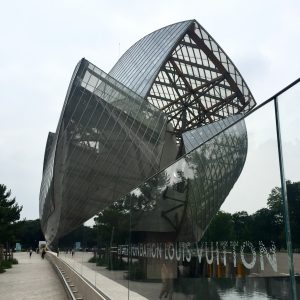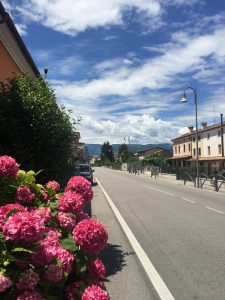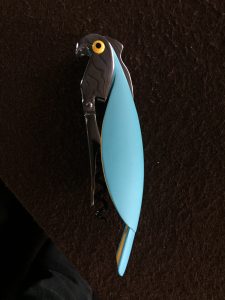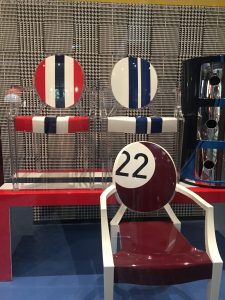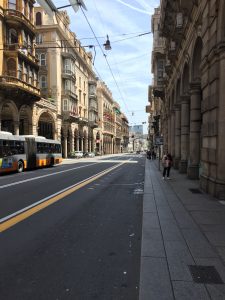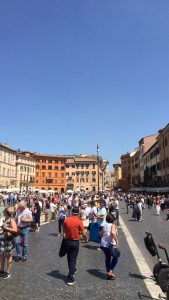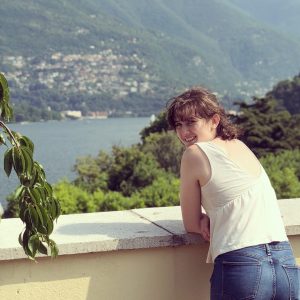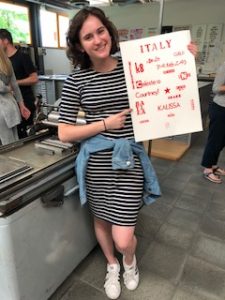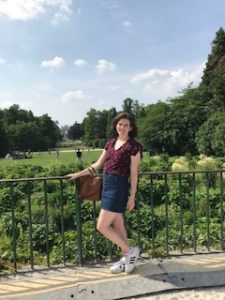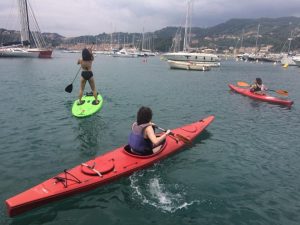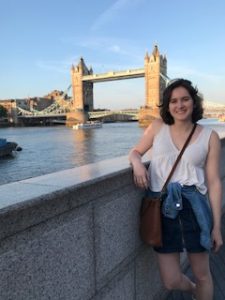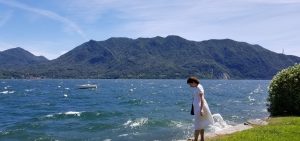Design is a large world with many different approaches and applications. In the conferences such as architecture week and broken earth, we saw that contemporary designers are primarily concerned with designing new ways of being; to redesign community relationships and systems-level solutions to systemic problems. On the other hand, designers enjoy the world we live in and produce things which help others, or bring them joy, or elevate their status. While the idea of producing a $75,000 chair doesn’t appeal to me, creating new things, or new experiences, or new ways of interacting with the world is one of the most enjoyable parts of design.
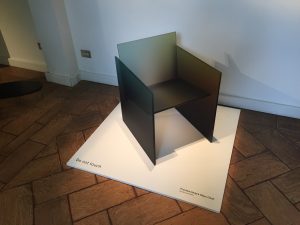
So what do I want to do? I hoped that focusing my attention on design for 5 weeks would help me decide, but I’m still more torn than ever. On one hand, we need to rethink the world and the ways that communities interact and organize, but I’m still not convinced that design has the capability of being this vehicle for change. On the other hand, the world doesn’t need another chair or iPhone app. So how do I approach my future as a designer? Fortunately it’s a path of discovery and I don’t need to answer this question now.

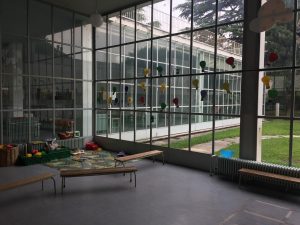
———————
Some additional thoughts on design:
Remembering our visit to the Studio FM, our host explained in great detail design decisions. The parameters of the project were X, so we made design decision Y, through and through. What separates design from art is objectiveness — the designer has the ability to allow constraints and context be the primary means through which a thing is created. Design is primary functional and logical. And although we don’t want to admit it, designers still have to make subjective decisions. I believe that in the gaps where there is no design direction, we must turn to design history in order to “fill the gaps” of what should be designed and how it should be designed. This trip, the exposure to very different ideas of architects and designers, is now part of my design toolkit to “fill in the blanks”. I am more able to respond to ambiguity and have a more narrow scope in my design process because I can think to the ideas of Portallupi or Castiglioni (or the architects of the Vitra campus) to help guide my decision making through the design process. This new collection of specialized tools, an understanding of theory and history, is the most valuable lesson from this trip.


Along these lines, I have been exposed to a lot of new designed objects in Italy. Back home, our design history coursework if focused very much on the story of how “modern” design came about, how it’s been defined, and the historical narrative. In Italy, the story of design is in tangent to the dominant history from English Arts and Crafts through the Bauhaus, but it is still a “modern” movement. Italian design if more playful, inventive, and takes liberty in exploring form through a mix of joyfulness and engineering. Never in my life have I been in the workshop of an industrial designer, and visiting Castiglioni’s workshop was one of the more eye-opening experiences. The way he was influenced by everyday objects to create unique object was really fun. He explored the object in the world and synthesized them into something new. The ability to synthesize is, I think, the single most important job of the designer, and Italian designs have more eclectic and interesting ways to synthesize information into design than other “modern” designers.

